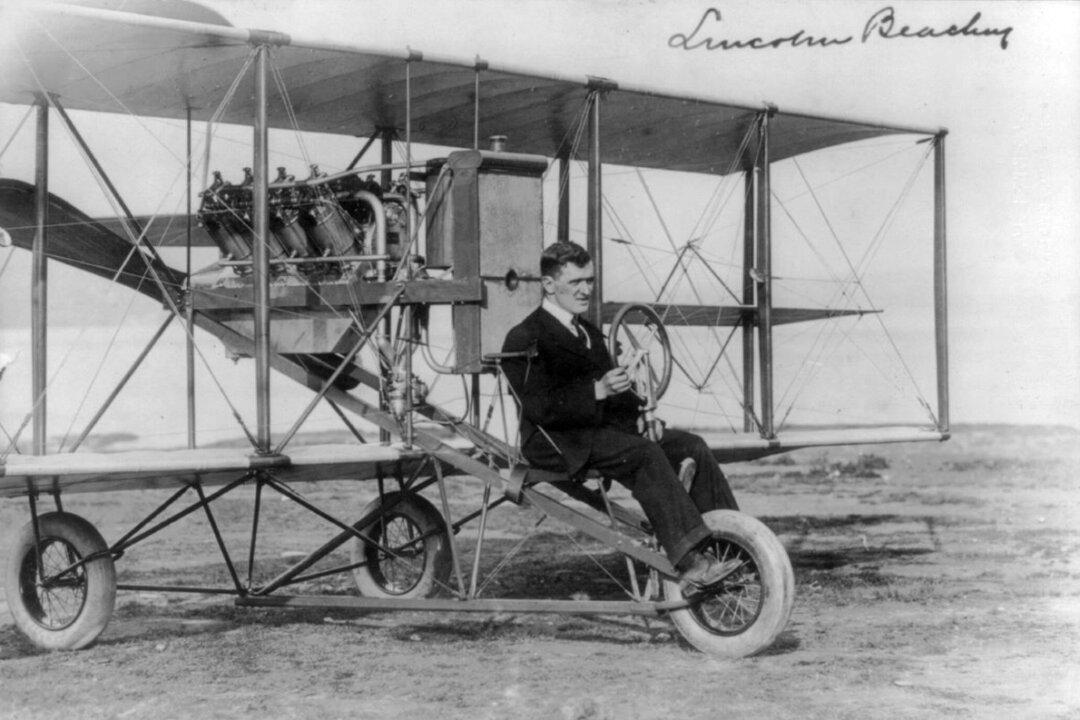Commentary
When World War I came to an end, Germany was humiliated by the Treaty of Versailles, yet boasted that it had not been conquered, or even invaded. Externally, the treaty would require that the blame fall to it for starting the war; internally, it would gloat in the triumph of not suffering the cataclysmic fates of its neighbors—fates for which it was very much responsible.





